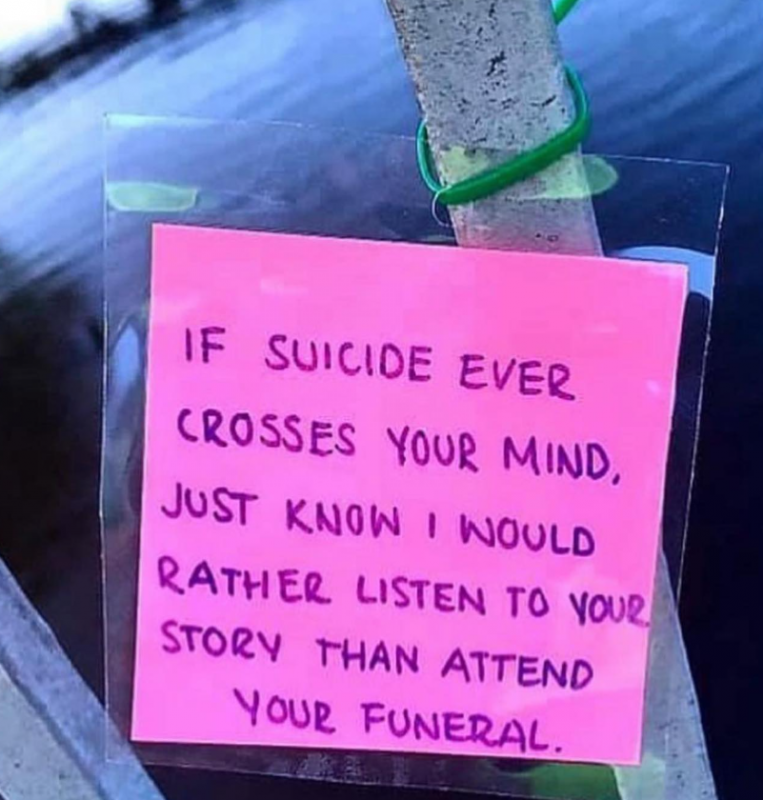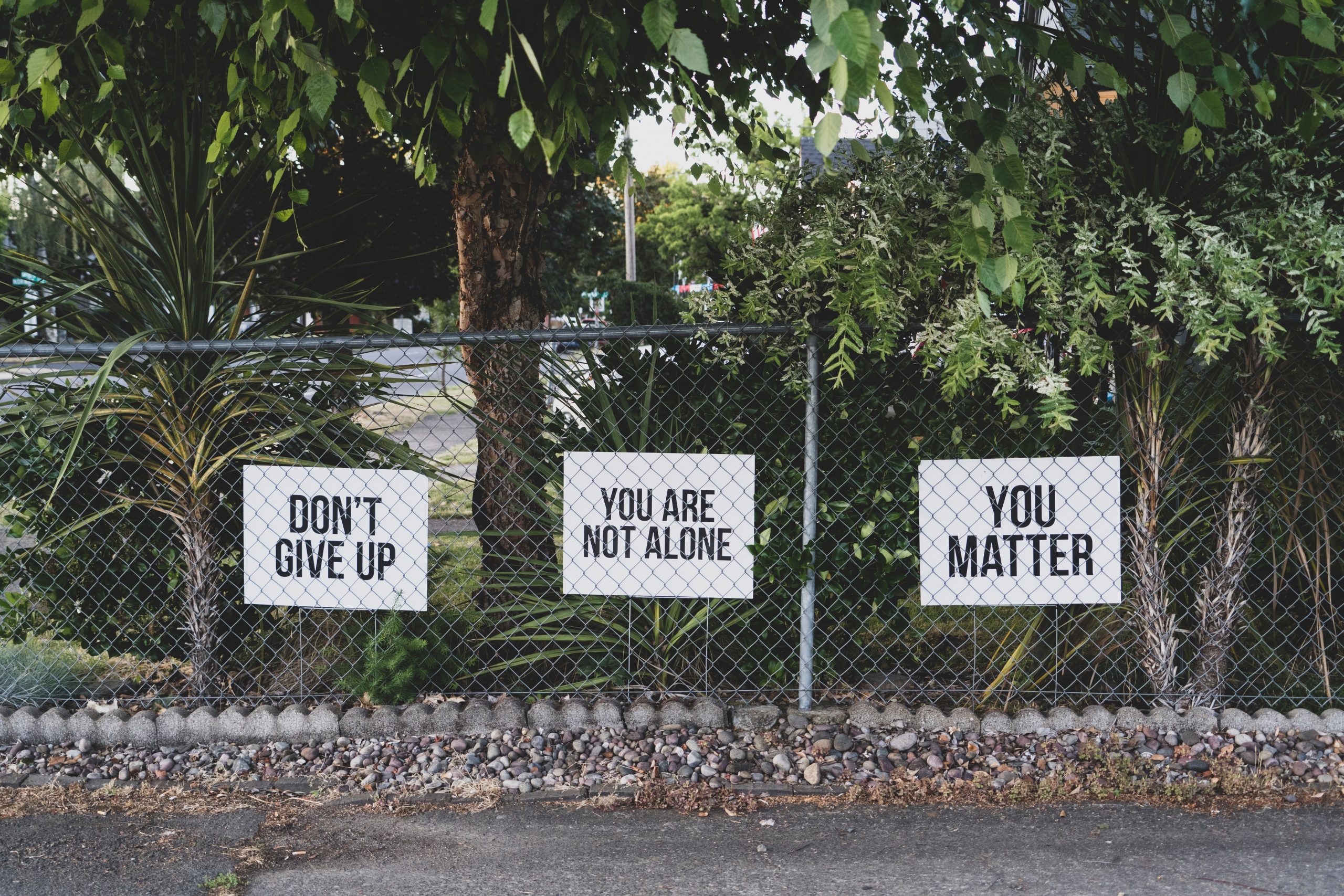Suicide is a complex and devastating issue that affects millions of people worldwide. It is a tragic loss of life that leaves profound scars on families, friends, and communities. However, there is hope. Suicide is preventable, and through awareness, understanding, and support, we can make a difference. In this blog post, we will explore the critical aspects of suicide prevention and how each of us can play a role in saving lives.
Understanding Suicide:

Before we delve into prevention strategies, it’s essential to understand some key facts about suicide:
Prevalence: According to the World Health Organization (WHO), close to 800,000 people die due to suicide every year, and it is the second leading cause of death among individuals aged 15-29.
Mental Health: Most individuals who die by suicide have an underlying mental health condition, such as depression, anxiety, or bipolar disorder.
Stigma: Stigma surrounding mental health issues often prevents individuals from seeking help. It is crucial to break down this stigma and encourage open conversations about mental health.
Risk Factors: While anyone can be at risk for suicide, some common risk factors include a history of mental health disorders, substance abuse, family history of suicide, and access to lethal means.

Prevention Strategies:
Raise Awareness: Awareness is the first step in suicide prevention. Communities, schools, and workplaces should promote open discussions about mental health. Encouraging people to share their stories and experiences can help reduce stigma.
Know the Signs: Educate yourself about the warning signs of suicide, such as talking about wanting to die, withdrawal from social activities, giving away possessions, or extreme mood swings. If you notice these signs in someone, reach out and offer support.
Promote Access to Mental Healthcare: Improve access to mental health services by advocating for better insurance coverage, funding for mental health programs, and reducing the barriers that prevent people from seeking help.
Train Gatekeepers: Gatekeepers, such as teachers, healthcare professionals, and community leaders, should undergo training in recognizing signs of distress and how to respond effectively.
Crisis Helplines: Promote the availability of crisis helplines and text services like the National Suicide Prevention Lifeline. Make sure individuals in crisis know where to turn for help.
Safe Environments: Reduce access to lethal means like firearms or medications. Creating a safe environment can buy crucial time for someone in crisis.
Support Systems: Encourage individuals to build strong support systems. Having friends and family who can provide emotional support is essential.
Follow Up: After someone has been in a crisis, follow up with them regularly. Let them know you care and are there for them.
Self-Care: Encourage self-care and stress management techniques. Promote a healthy work-life balance and the importance of seeking help when needed.

Suicide prevention is a collective responsibility that requires the efforts of individuals, communities, and governments. By fostering awareness, reducing stigma, and promoting access to mental healthcare, we can save lives and provide hope to those in despair. Remember, every small action, every conversation, can make a significant difference in someone’s life. Together, we can shine a ray of hope on the path to suicide prevention.

